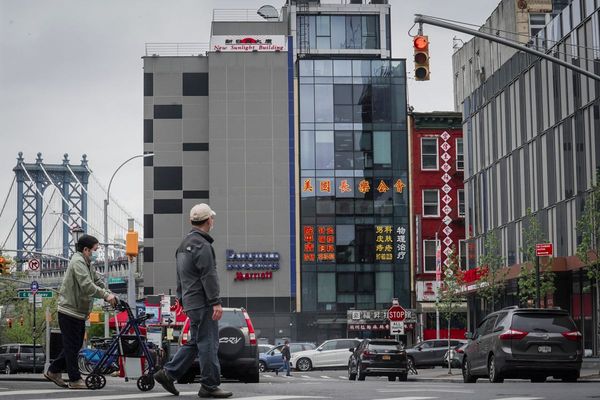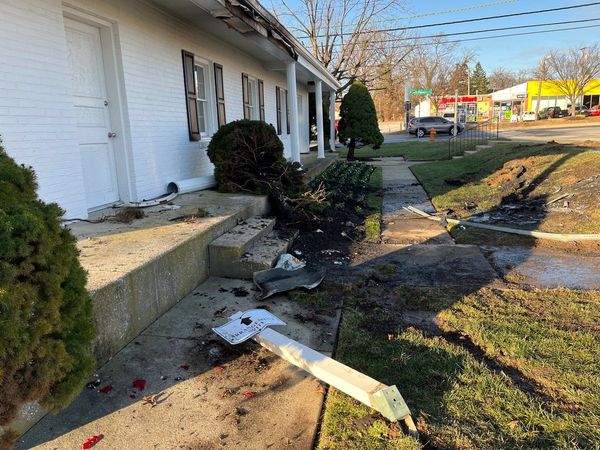
Aboriginal and Torres Strait Islander readers, please note that this article mentions deceased persons.
A 100-page report on a First Nations model of education can be understood through a single image. The concept is that of a coolamon — an Aboriginal container made of wood or bark designed to carry water, food or goods.
“The coolamon shape was used to represent the thing that holds everything you need to be strong in culture and as a person,” Arrernte artist Amunda Gorey told Crikey and reporting partner ICTV.
“The idea is that each child starts with nothing in their coolamon and as they grow, they add to it.”
Gorey was part of the First Nations governance group that developed the pictorial framework for the MK Turner report — a landmark policy document named after the late Arrernte Elder Dr MK Turner OAM that lays out the case for the recognition, resourcing, and rollout of a standalone First Nations model of education.
Gorey points to the circular network of Arrernte words that all revolve around Apmerengentyele (Ap-mer-ung-n-jel-a), meaning “from the land”, and explains that the rich selection of knowledge areas — “Aboriginal topics” — contained in the conceptual coolamon are what children “need to gather and learn” to become a strong Aboriginal person.

Although every Indigenous nation has its own governance structures and worldviews, the core principles contained in Apmerengentyele, are universal — a never-ending circle of learning and giving.
“You keep passing on knowledge. Just like a string, it can’t break. It just goes on and on,” Turner’s daughter Amelia Kngwarraye Turner said.
So what’s in the diagram? Another of Turner’s daughters, Sabella Kngwarraye Turner, says the image might look simple, but there’s huge amounts of context and meaning embedded in each word that she’d like people to learn and understand: “It’s the language of lore and land. To recognise us, they should learn it.”
At the centre of everything is Country: Apmerengentyele. Surrounding that are elders, land managers, land owners, language, kinship and people, and spirit.
“Spirit is the most important,” Turner’s third daughter Veronica Kngwarraye Turner said.
Next comes wind and skies, little people of the land, ancestors, sacred places, respectful relationships, story, painting and dance, and songlines. And in the outer circle is mediator/spokesperson, plants and animals, land and water, traditional lore, sacred knowledge from the land, spouse, partner, traditional healer, healing, and ceremony.
“The stupidity of it is that when they [colonisers] first came, they included us as a part of the flora and fauna. They used it as an insult, but that’s who we are,” Sabella said.
The report describes Apmerengentyele as a gift and a guide to all First Nations peoples — akin to “a library of the greatest standing in the world” that holds 65,000 years’ worth of knowledge.
“It’s been there all this time,” Amelia said. “We were born with that. We are taught that. To this day, we still recognise the principles of that core structure that mum made.”
The dot painting surrounding the Apmerengentyele framework is Gorey’s work. Done in traditional ochre colours “from the land and from the clay”, she says that it’s simply there to support and speak to Turner’s vision: “I didn’t want it to take away from mum MK’s framework”.







